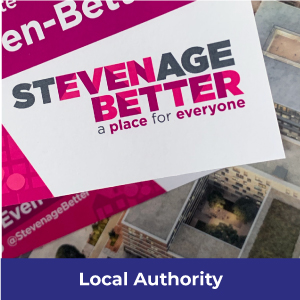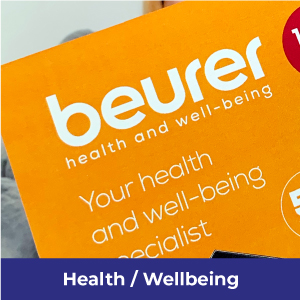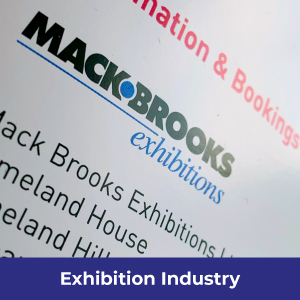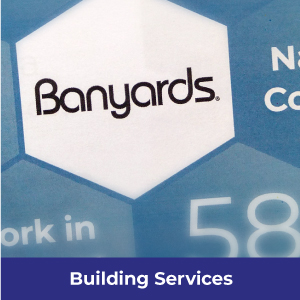Nelson Mandela, & the power of iconography
Like most people, I was saddened – although not exactly shocked and surprised – to hear of the passing of Mandela last night.
This post isn’t going to be a tribute to him - there’s no shortage of those online today. Rather it’s a reflection on what he represented as an icon and – this blog being on a design agency website after all – some thoughts on iconography in general and its importance in communications.
The word ‘icon’ is so overused in the media, applied to all sorts of celebrities in sport, music, politics and more, that it’s easy to lose sight of what it actually means – so let’s remind ourselves. An icon is a representative symbol of an idea, a concept or an object, and it’s usually aspirational. It can equally be applied to a person, an object or a graphical illustration.
So, yes, Mandela was a genuine ‘icon’, in that he represented far more than the man he was (and he was quite a man); a symbol of tolerance, steadfastness, bravery, commitment and hope for many around the world. And icons are powerful, although they may not always be truly representative of what lies beneath, or behind them.
Obama the icon received his Nobel Peace Prize before he’d actually delivered anything other than some lofty speeches about hope and change. Che Guevara’s image still appears on millions of t-shirts and posters almost half a century after his death as an icon of rebellion and counter-culture – with little or no understanding of the true (often repellent) nature of the man and his actions. MacDonalds’ ‘golden arches’ icon represents instant and tasty gratification or capitalist evil, depending on whether you’re a hungry child or a left-leaning protestor.
Because people love to cling to symbols and are drawn to simple representations of concepts, ideals and ideas…which is exactly why graphic designers love to use them! And being so potentially powerful, they should be deployed carefully.
An icon in a company logo – whether a ‘descriptive’ one which aims to say something about the nature and quality of their service, or purely a ‘reinforcing’ one which helps promote brand recognition, individuality and memorability – clearly needs to be chosen and executed carefully and thoughtfully, as it will become an intrinsic part of that company’s image. It’s simply not good enough to just bung in a piece of ready-made clipart.
Likewise, icons used alongside long copy – often as navigational aids in brochures or on websites – can be extremely useful and powerful tools, but only if they are genuinely instructive as well as being visually appealing.
So, all power to the icon; particularly at a time when audiences are increasingly looking for instant gratification, visual shortcuts and easy understanding. But let’s not forget to deploy them creatively.






















